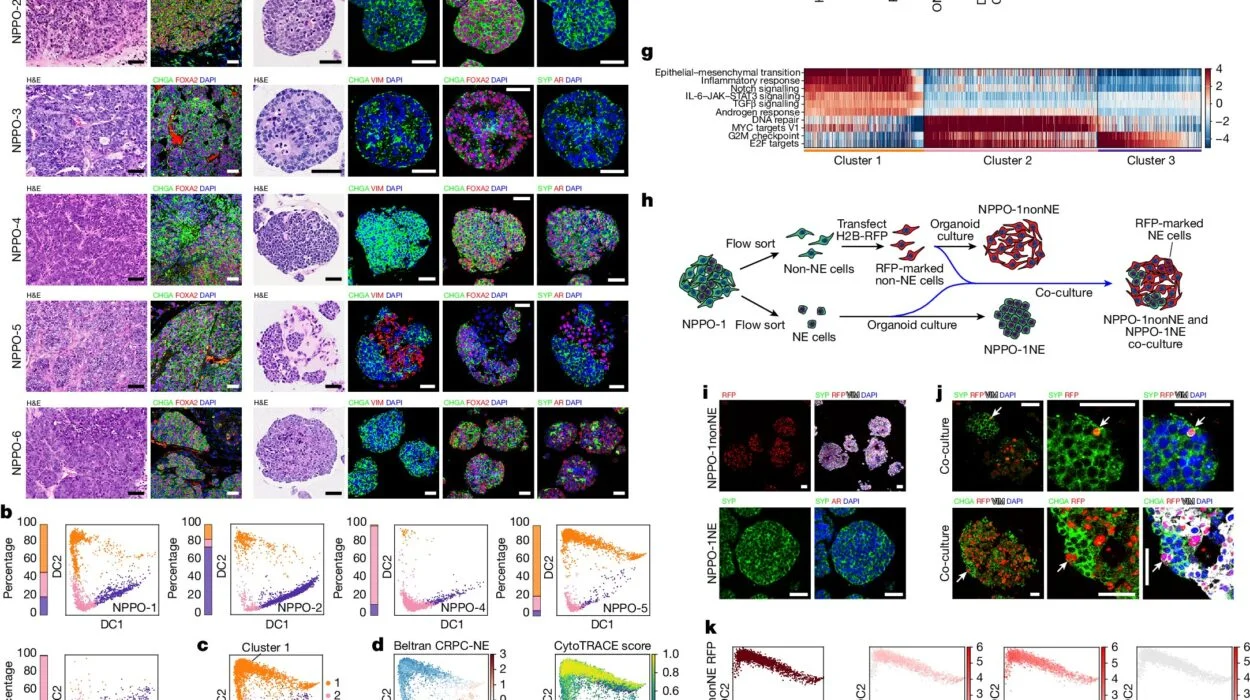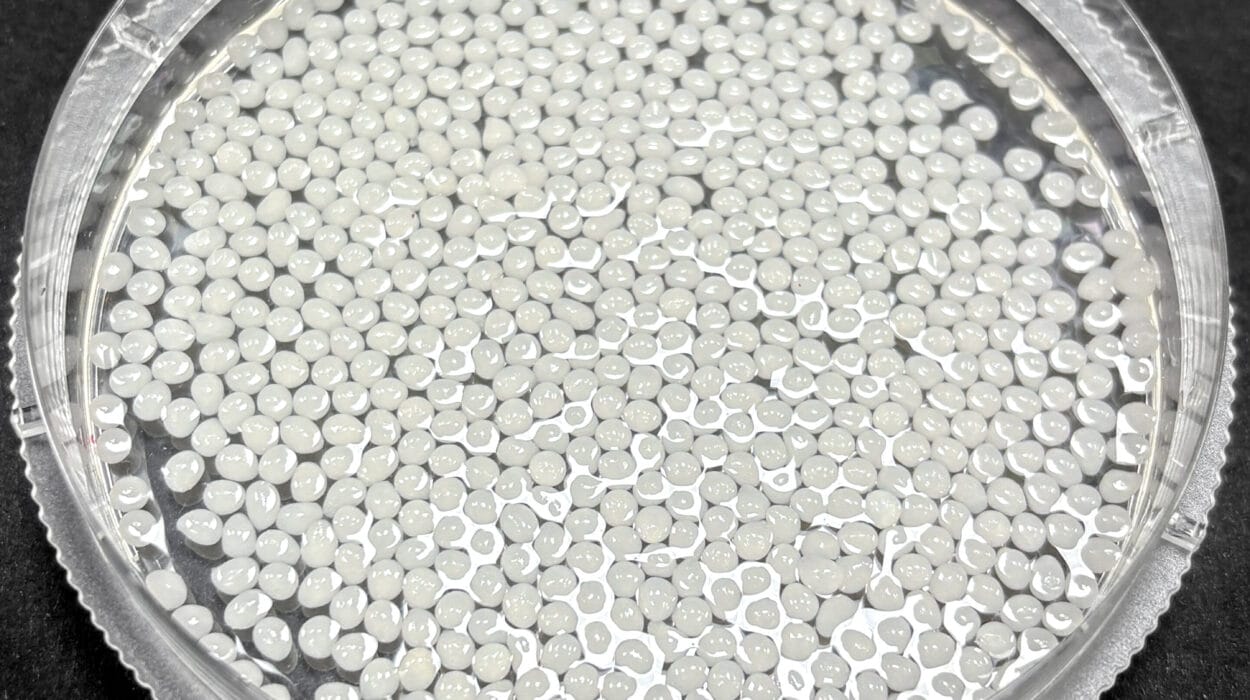In a quiet laboratory where science meets imagination, researchers are reaching into the very fabric of sensation to restore what was once thought irretrievable: the human sense of touch. At the intersection of neuroscience, engineering, and empathy, scientists at the University of Pittsburgh School of Medicine, in collaboration with the University of Chicago, are crafting a new language for the nervous system—a digital one that can bring back the richness of tactile experience for people living with tetraplegia.
Published in Nature Communications, their newest study isn’t just about electrodes and algorithms. It’s about the warmth of a cat’s fur, the cold precision of a house key, and the round, familiar coolness of an apple—all imagined, created, and felt not through the fingertips, but directly inside the mind.
Reimagining Touch in a World Without It
Tetraplegia, often caused by traumatic spinal cord injury, robs people of voluntary movement and the ability to feel sensations below the level of the injury. For decades, scientists have worked on brain-computer interfaces (BCIs) to help restore motor control—allowing users to control robotic arms, cursors, or even wheelchairs with their thoughts.
But motion alone is not enough.
Imagine trying to drink from a glass without knowing how tightly you’re gripping it. Try distinguishing between silk and sandpaper without ever feeling texture. Life without touch is a life of uncertainty and detachment. As it turns out, the sense of touch is not a luxury. It is a fundamental connector between ourselves and the physical world—a hidden language through which we understand, communicate, and act.
And now, after years of painstaking research, scientists are getting close to rebuilding it.
From Buzzes to Believability: A Leap in Sensory Precision
Earlier BCIs that attempted to recreate touch did so in blunt strokes. They sent general pulses to the brain’s somatosensory cortex—the region responsible for processing tactile input—but the feedback often felt like indistinct buzzing or tingling. The sensations were functional but dull, undifferentiated, and unnatural. Lifting a brick or petting a puppy both registered as the same vague vibration.
The latest breakthrough flips the script. Instead of pre-defining the sensation from the researcher’s side, participants themselves were given control over the electrical parameters—frequency, amplitude, and timing—that generated artificial touch. The brain was allowed to custom-build its own sensations, tailored to personal memory, logic, and subjective experience.
This autonomy marks a revolutionary shift. The artificial sense of touch evolved from mechanical mimicry into something much more human: intuitive, meaningful, and surprisingly vivid.
Tactile Storytelling Through a Digital Lens
In the study, participants with spinal cord injuries interacted with digitally displayed objects—a towel, a slice of toast, a key, a cat, and an apple. While they could not physically touch these items, they explored them through a BCI that stimulated regions of the brain responsible for touch.
But the twist? They were told to design the feeling.
Participants adjusted the stimulation to find what felt most like fur or metal or crust. It was like playing a game of “hot and cold” in a landscape of infinite tactile possibilities, all happening inside the mind. When the visual object was taken away, participants were then asked to identify objects by sensation alone.
While their success rate hovered around 35%—better than random chance, but not yet reliable—it was the quality of their sensations that stunned researchers.
Descriptions were rich, personal, and emotionally resonant. To one person, the apple was “firm and rounded with a bit of give.” The cat was “warm and tappy,” as though paws danced across the palm. Another felt the cat as “smooth and silky.” The same object, experienced differently—just as it might be in the real world.
A Sensory World Reimagined
“Touch is not just a tool for navigation,” said Ceci Verbaarschot, Ph.D., the study’s lead author and a former postdoctoral fellow at Pitt’s Rehab Neural Engineering Labs. “It’s deeply personal. It carries emotional weight, social context, and memory.”
Dr. Verbaarschot, now an assistant professor of neurological surgery and biomedical engineering at UT-Southwestern, sees the ability for users to design their own sensations as a bridge between machinery and the authentic human experience. A truly useful prosthetic isn’t just functional—it must feel like a part of you.
This approach represents a departure from traditional top-down biomedical engineering. Rather than creating a one-size-fits-all solution, the Pitt researchers are embracing neuro-individuality—letting the user’s brain lead the way.
The Roots of the Revolution
The seeds of this innovation were planted over a decade ago at the University of Pittsburgh. In earlier landmark experiments, researchers enabled a paralyzed man to feel pressure and movement through a mind-controlled robotic arm. For the first time since his injury, he could grasp and manipulate objects—not only with control but with feedback.
Those early efforts laid the foundation for today’s more refined and interactive systems. Yet they were still limited. Different objects produced nearly identical sensations. The detail and nuance—the essence of touch—were missing.
That’s what this latest study set out to change.
Designing Touch: A New Kind of Creativity
By letting participants adjust the stimulation themselves, researchers opened the door to a new kind of sensory creativity. It wasn’t about replicating touch exactly as it was before injury—it was about reconstructing meaning from electrical impulses, re-learning how to feel in a new language of the nervous system.
“Participants had a really hard task of distinguishing between objects by tactile sensation alone,” said Dr. Robert Gaunt, senior author of the study and associate professor of physical medicine and rehabilitation at Pitt. “And they were quite successful at it.”
When mistakes happened, they followed intuitive logic: a soft towel was sometimes confused with a soft cat, but never with a rigid key. That predictability suggests the brain is genuinely interpreting the signals—not merely reacting.
This is not just engineering. It’s neuro-education. The brain, plastic and resilient, is learning to read artificial inputs as real sensations.
Toward Seamless Neuroprosthetics
These findings inch us closer to the holy grail of BCI research: prosthetic devices that not only move at the speed of thought but feel like part of the body. True sensory integration will make robotic limbs feel like living extensions of the self. It would allow someone with tetraplegia not just to hold a cup, but to feel its warmth.
The implications extend far beyond limbs. Restoring tactile perception could revolutionize how we design neuroprosthetic systems for stroke survivors, amputees, and those with sensory neuropathies. It could also lead to therapies that retrain the brain in cases of phantom limb pain or neurodegenerative diseases.
In the longer term, this approach might even be applied to virtual reality and telepresence systems—allowing users to experience touch remotely or in immersive digital worlds.
A Glimpse Into the Future of Sensory Medicine
While the technology is still in experimental stages, the conceptual leap is profound. Instead of forcing the brain to adapt to a machine’s idea of touch, scientists are letting the brain choose its own interpretation. It’s a subtle but monumental difference—akin to giving someone not just a voice, but the ability to write their own story.
As the brain learns to interact with these signals more fluently, accuracy and realism will improve. Future studies may combine these tactile reconstructions with visual cues, sound, and even emotional feedback, offering a richer multisensory landscape. The goal isn’t just restoration—it’s transformation.
The Ethical Horizon
With great innovation comes ethical responsibility. The ability to artificially manipulate sensation invites profound questions: How real is an artificial touch? Should we create entirely new kinds of tactile experience beyond human norms? What does it mean to “feel” something that isn’t there?
As BCIs inch closer to commercial and clinical use, these questions will become more urgent. Ensuring consent, dignity, and personal agency for users must remain paramount. Restoring sensation is not only about data transfer—it’s about identity, connection, and trust in technology.
Conclusion: The Poetry of Touch Reborn
In this bold frontier of science, restoring touch is no longer science fiction—it is an engineering reality informed by empathy, imagination, and deep respect for the brain’s untapped potential.
For the first time, people who had lost touch entirely are beginning to feel again—not perfectly, not universally, but personally. Each sensation is a poem written in electricity, decoded by a brain that remembers how to feel.
And with each new experiment, the researchers are not just building machines. They’re building bridges—between thought and touch, between injury and restoration, between what was lost and what might be found again.
The journey to full restoration may be long, but as this study proves, the human brain is already reaching out. And now, for the first time in years, it can feel something reaching back.
Reference: Conveying tactile object characteristics through customized intracortical microstimulation of the human somatosensory cortex, Nature Communications (2025). DOI: 10.1038/s41467-025-58616-6






